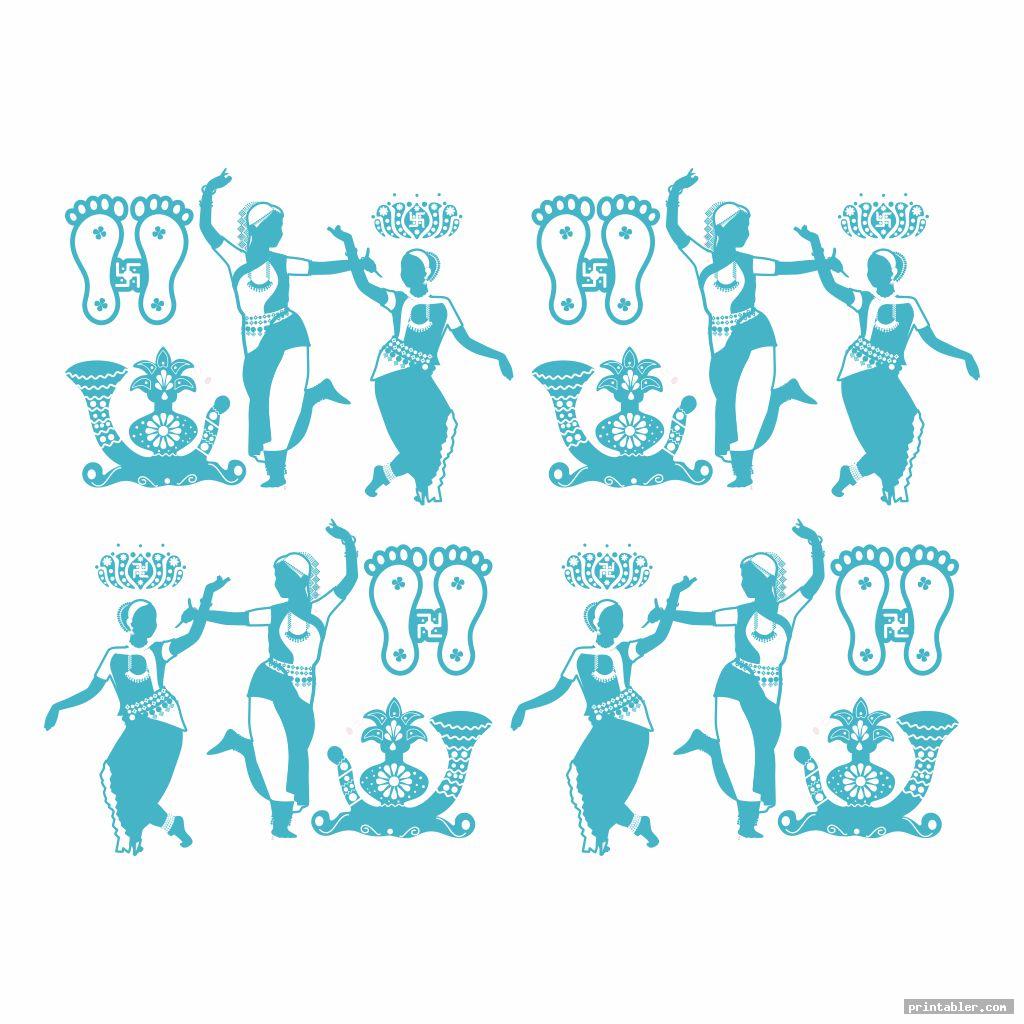Primitive Patterns Printable Free Download
What are some key features of Primitive Patterns?
Primitive patterns are simple, basic and recurring design elements that can be found across various art forms, cultures and time periods. Some key features of primitive patterns include geometric shapes and symmetrical designs, often created using straight lines and simple curves. These patterns typically have a repetitive nature and can be seen in architectural motifs, textiles, pottery, and religious symbols. They often reflect a sense of rhythm, balance and harmony, and are characterized by their elemental and universal appeal.
How can Primitive Patterns be applied in different industries?
Primitive Patterns can be applied in different industries by identifying the fundamental processes and principles that underlie operations in those industries. By studying and understanding these basic patterns, businesses can improve efficiency, reduce costs, and enhance productivity. For example, in manufacturing, identifying and implementing primitive patterns such as standardizing processes, optimizing workflow, and empowering employees can lead to streamlined operations and improved quality control. In the retail industry, primitive patterns like analyzing customer buying behaviors, optimizing inventory management, and leveraging data analytics can help businesses tailor their offerings, increase sales, and expand customer base. Similarly, in the service industry, implementing primitive patterns like effective communication, focusing on customer satisfaction, and continuous process improvement can enhance service delivery and customer experiences. Ultimately, applying primitive patterns across different industries enables businesses to achieve better results by recognizing and implementing fundamental patterns that drive success.
What are some practical applications of Primitive Patterns?
Primitive Patterns have numerous practical applications in various fields. In computer science, they are used for text indexing and searching algorithms, regular expressions, and string matching. In mathematics, these patterns find applications in number theory, group theory, and cryptography. In biology, they are utilized to analyze DNA and protein sequences, identify genetic mutations, and study evolutionary relationships. In linguistics, they help in understanding the structure and rules of language. Additionally, Primitive Patterns are used in image and signal processing, pattern recognition, data mining, and artificial intelligence algorithms.











 Hours Sign Template Printable
Hours Sign Template Printable Furniture Templates Printable
Furniture Templates Printable Dog Bone Template Printable
Dog Bone Template Printable